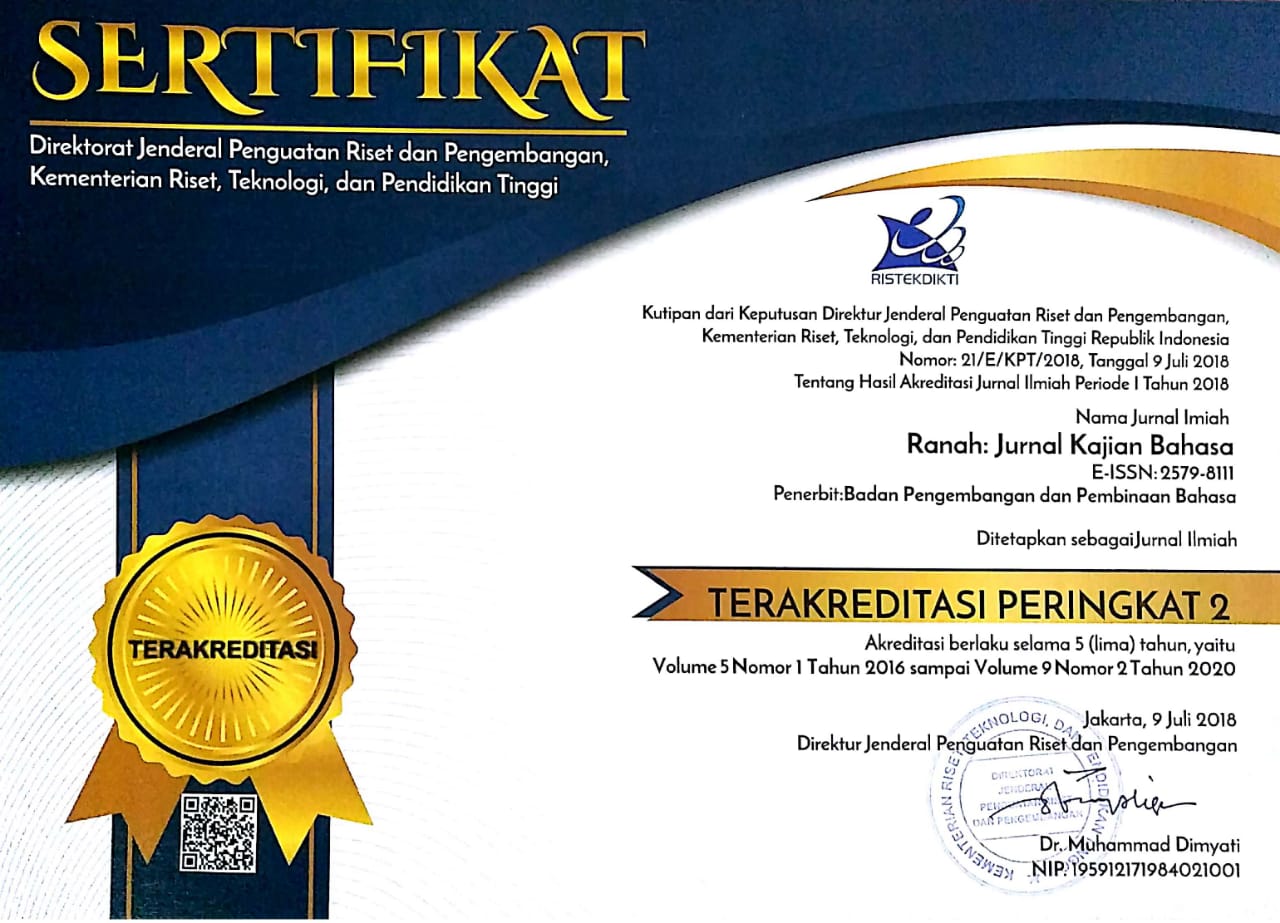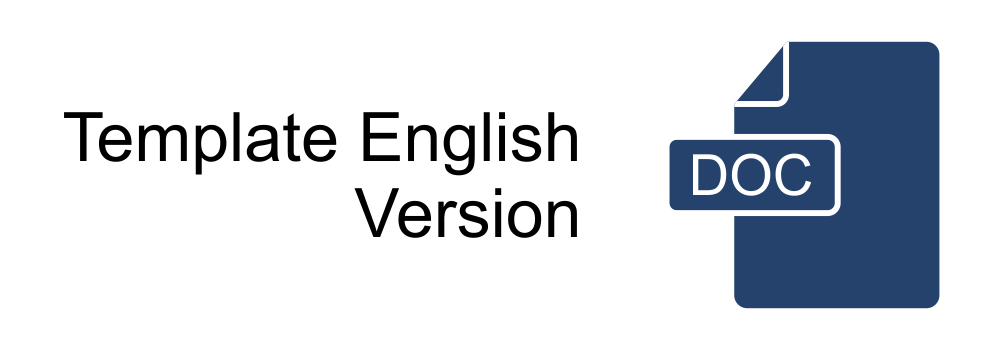The Effect of the Flipped Classroom Model on Improving Student Speaking
Abstract
This study aims to investigate the application of the flipped classroom learning model to influence class-A students' English speaking skills in the English Literature Study Program at Pakuan University, Bogor. This research uses action research. Action research is included in the scope of applied research (applied research) that combines knowledge, research, and action. This type of research employs classroom action research with 30 students in class A during the odd semester of 2022/23 enrolled in Speaking III. The collection of data was conducted with the use of speaking tests and observation sheets. Analyzing the data, an average score of 83% of students who had problems with speaking because they did not reach the passing standard value established in the lecture contract, and only 17% of students who were able to achieve the passing grade standard were obtained in the pre-action phase. The cycle I graduation rate increased to 46%; in cycle II, 100% of students achieved the standard passing score. The results of this study indicate that the flipped classroom learning model can influence students' English speaking skills.
Abstrak
Penelitian ini bertujuan untuk mengetahui apakah penerapan metode flipped classroom dapat meningkatkan kemampuan berbicara menggunakan Bahasa Inggris mahasiswa kelas A prodi Sastra Inggris Universitas Pakuan Bogor. Penelitian ini menggunakan penelitian tindakan. Penelitian tindakan termasuk dalam ruang lingkup penelitian terapan (applied research) yang menggabungkan pengetahuan, penelitian, dan tindakan. Penelitian ini menggunakan penelitian tindakan kelas dengan subyek penelitian adalah siswa kelas A mata kuliah Speaking III pada semester ganjil 2022/2023 sebanyak 30 mahasiswa. Pengambilan data dilakukan dengan menggunakan tes speaking dan lembar observasi. Data tersebut dianalisis dan diperoleh skor rata-rata pada pratindakan sebesar 83% mahasiswa yang menunjukkan mengalami masalah dalam speaking karena tidak mencapai nilai standar kelulusan yang ditetapkan di kontrak perkuliahan dan hanya 17 % mahasiswa yang dapat mencapai standar nilai kelulusan, kemudian siklus I mengalami peningkatan dengan tingkat pencapaian kelulusan mahasiswa sebanyak 46%, selanjutnya pada siklus II diperoleh hasil sebanyak 100 % mahasiswa mencapai standar nilai kelulusan. Dari hasil penelitian ini dapat disimpulkan bahwa metode flipped classroom dapat meningkatkan kemampuan berbicara menggunakan Bahasa Inggris mahasiswa.
Keywords
Full Text:
PDFReferences
Bergmann, J., Overmyer, J., & Wilie, B. (2013). The Flipped Class: What it is and What it is Not. The Daily Riff. http://www.thedailyriff.com/articles/the-flipped-class-conversation-689.php
Bishop, J. L., & Verleger, M. A. (2013). The flipped classroom: A survey of the research. ASEE National Conference Proceedings.
https://doi.org/10.18260/1-2--22585
Carl.Reidsema. (2017). The Flipped Classroom: Practise and Practices in Higher Education. Springer.
https://doi.org/10.1007/978-981-10-3413-8
Chandra, F. H., & Nugroho, Y. W. (2016). Peran Teknologi Video dalam Flipped Classroom. Dinamika Teknologi, 8(1), 15-20.
Halili, S. H., & Zainuddin, Z. (2015). Flipping the Classroom: What We Know and What We Don'T. 3(1), 15-22.
Hamdan, N., McKnight, P., McKnight, K., & Arfstrom, K. M. (2013). The flipped learning model: A white paper based on the literature review titled A Review of Flipped Learning'. Flipped Learning Network.
Haryono, A. A. dan A. (2017). Penerapan Model Pembelajaran Flipped Classroom dan Course Review Horay Berbasis Lesson Study untuk menigkatkan Aktivitas dan Hasil Belajar Siswa Pada Mata Pelajaran Ekonomi di Kelas XI IPS 2 MAN Kota Batu. Jurnal Pendidikan Ekonomi, 119.
Herreid, C., & Schiller, N. (2013). Case Studies and the Flipped Classroom. Journal of College Science Teaching, 42, 62-66.
J, Evans and A, M. (2005). The value of online surveys. Internet Research, 15(2), 195-219.
https://doi.org/10.1108/10662240510590360
Mulyatiningsih, E. (2012). Modul Metode Penelitian Tidakan Kelas. Bandung Rosdakarya, 1-22. staff.uny.ac.id
Natalie B Milman. (2012). The Flipped Classroom Strategy: What Is it and How Can it Best be Used? Distance Learning, 9(3), 85. https://campusadvisories.gwu.edu/sites/g/files/zaxdzs2891/f/downloads/milman-flipped-classroom_edit.pdf
Nichols, D. (2012). Flip Classroom Instruction: How to Guide Part 1 -- Educational technology tips. Educational Technology Tips.
O'Brien, R. (2001). An Overview of the Methodological Approach of Action Research. University of Toronto.
Overmyer, J. (2012). Flipped classrooms 101. Principal, 46-47.
Ridha, M., Setyosari, P., & Kuswandi, D. (2016). Pengaruh FLipped Mastery Classroom Terhadap Perolehan Hasil Belajar Kognitif Mahasiswa. Jurnal Pendidikan: Teori, Penelitian, Dan Pengembangan, 1(4), 655-661.
Riel.M. (2007). Understanding Action Research, Center For Collaborative Action Research.
Rusdi, R., Evriyani, D., & Praharsih, D. K. (2018). Pengaruh Model Pembelajaran Peer Instruction Flip Dan Flipped Classroom Terhadap Hasil Belajar Kognitif Siswa Pada Materi Sistem Ekskresi. Biosfer: Jurnal Pendidikan Biologi, 9(1), 15-19. https://doi.org/10.21009/biosferjpb.9-1.3
S, Cohen and K, B. (2013). I want that... flipping the classroom. Middle Ground, 16(4), 12-13.
S, Schmidt and Ralph, D. (2014). No Title. The Flipped Classroom: A Twist on Teaching, 98-104.
Solihah, A., Rasyid, Y., Attas, S. G., & Firdaus, W. (2021). Vocabulary Knowledge Students of Indonesian Language Text Books. Ilkogretim Online, 20(1).
https://doi.org/10.17051/ilkonline.2021.01.55
Subagia, I. M. (2017). Penerapan Model Pembelajaran Flipped Classroom untuk Meningkatkan Prestasi Belajar IPA Siswa Kelas X AP 5 SMK Negeri 1 Amalapura Tahun Ajaran 2016 / 2017. Lampuhyang, 8(2), 14-25. http://e-journal.stkip-amlapura.ac.id/index.php/jurnallampuhyang/article/view/26/4
Syam, A. (2015). The Flipped Class: Shedding Light on the Confusion, Critique, and Hype. The Daily Riff.
Tucker, B. (2012). The flipped classroom. Education Next, 12(1), 82-83.
Verieger, J. L. B. and M. (2013). The Flipped Classroom: A Survey of the Research. Atlanta : 120th ASEE Annual Conference & Exposition, 5.
Yulietri, F., Mulyoto, & S, L. A. (2015). Model Flipped Classroom dan Discovery Learning Pengaruhnya terhadap Prestasi Belajar Matematika ditinjau dari Kemandirian Belajar. Jurnal Teknodika, 13(2), 5-17. https://jurnal.fkip.uns.ac.id/index.php/teknodika/article/view/6792
Zainuddin, Z., Habiburrahim, Muluk, S., & Keumala, C. M. (2019). How do students become self-directed learners in the EFL flipped-class pedagogy? A study in higher education. Indonesian Journal of Applied Linguistics, 8(3), 678-690. https://doi.org/10.17509/ijal.v8i3.15270
DOI: https://doi.org/10.26499/rnh.v12i1.5973
Refbacks
- There are currently no refbacks.








